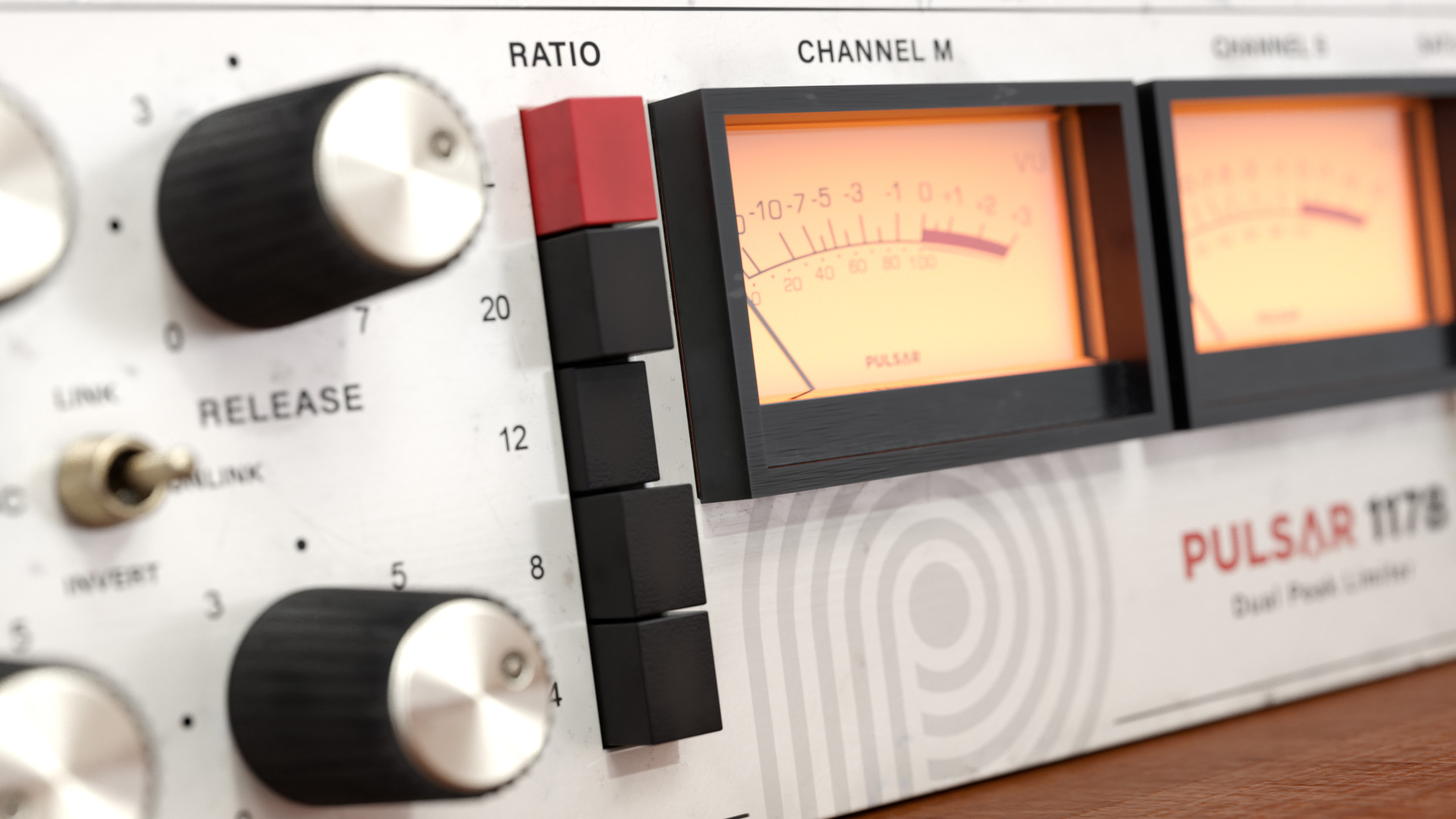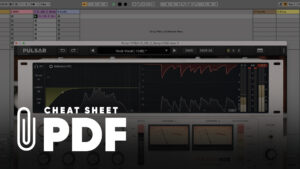The History of All-buttons-in Mode (on the 1176 and more)
- Posted on

The Urei 1176 (or Universal Audio 1176) is one of the most famous and beloved analogue compressors of all time. A FET (field-effect transistor) compressor, the 1176 first became available in 1967 and quickly became a staple in studios around the world, initiating something of a shift away from vacuum tube-based compressors such as the Teletronix LA-2A.
Perhaps it was an accident; perhaps it was intentional experimentation. Either way, when fearless audio engineers began to experiment with the 1176, they discovered that by pushing in all of the unit’s Ratio buttons simultaneously, a harmonically rich, pumping compression sound could be achieved. This technique quickly caught on and began to be referred to as “British Mode”, “All-buttons-in Mode”, or even “The British Nuke Trick”.
What is All-buttons-in Mode?
All-buttons-in Mode in software
We’ll dive a little further into what’s actually happening under the front plate of the compressor unit and how it sounds in later sections. However, at this point it’s worth noting that you can achieve the classic British Mode sound with software emulations of the 1176, as well as its sister stereo model, the 1178.
Pulsar offers two digital reimaginings of these classic hardware: Pulsar Smasher, and the Pulsar 1178. The former is specifically designed to recreate the sound of a Urei 1176 in All-buttons-in Mode, whereas the latter is a more traditional emulation of the complete 1178 unit. The Pulsar 1178 can be used like the original hardware unit to give cleaner compression results, however we’ve also included an additional “All” ratio button which switches the plugin into All-buttons-in Mode.
For a comprehensive overview of the most famous analogue compressors of all time and how to find their software equivalents, check out this helpful guide.
What does All-buttons-in Mode sound like?

When All-buttons-in Mode is activated, however, the sonic character of the 1176 changes slightly. One major thing that you will notice is the lower frequencies appear to have greater distortion. This means that kick drums can sound phenomenal when processed, as they benefit from some extra flavour and grit.
If you don’t believe us, check out Austin Moore’s 2012 paper that investigated the use of the 1176 FET compressor in popular music production. In it, he presents research based on numerous tests of the hardware unit, with one of his major findings being that it added distortion and transient punch to drums. Delicious!
The behaviour of the compressor’s attack and release also changes when set in the configuration fondly known as the British Nuke Trick. While activated, there is a slight delay on the attack, and the release drops off in a severe and sudden way. As well as this, the specific way in which the compression ratio works is also altered.
The 1176 always compresses at its selected ratio at transients, but in this case the ratio also increases after the transient once all the buttons have been engaged. This, coupled with the altered attack and release time, gives a unique compression curve which is the fundamental source of the All-buttons-in Mode sound.

So, what exactly do we mean by that? Well, the secret to the distinctive sound of All-buttons-in Mode lies with the fact that the 1176 is a program-dependent compressor. This means that the compression attack, release and ratio vary depending on the incoming signal.
When all the ratio buttons are pressed, the ratio of the compressor varies between 12:1 and 20:1, but changes throughout the circuit. As the ratio values change, the attack and release times of the compressor also change, giving the distinctive All-buttons-in Mode curve, and it’s this curve that results in that delicious overdriven sound that we’ve come to know and love.
If you enjoy histories of classic hardware technologies, helpful compression and EQ cheat sheets as well as other fun reads, keep an eye on the Pulsar blog. Alternatively, you’ll find useful tutorials and more informative content on our YouTube channel.




